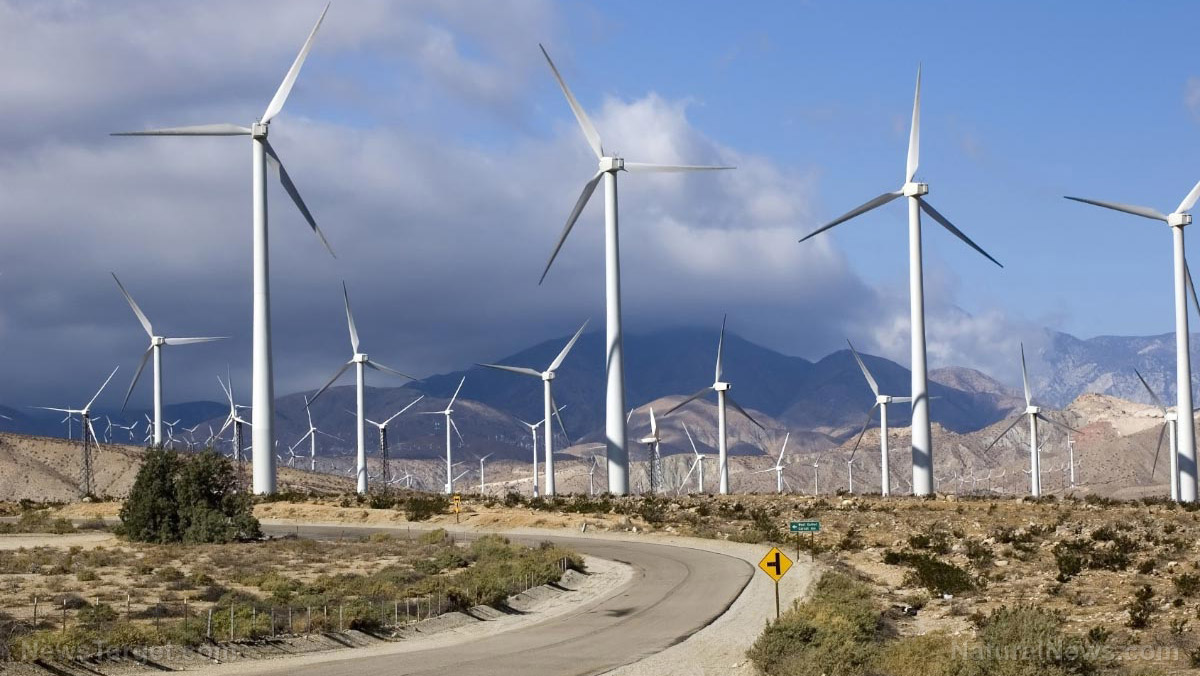
Divestment campaigns have gained steam across the world as a means to combat climate change. According to an analysis from the Climate Accountability Institute in the U.S., the top 20 fossil fuel companies in the world have already contributed to 35 percent of all energy-related carbon dioxide and methane emissions worldwide since 1965. This has led many to consider targeting them, through divestment, to encourage them to lower emissions.
By divesting, the movement believes that fuel companies will be forced to reform their business models, focusing more on clean and renewable energy sources. This may include looking at other sources of energy such as solar, wind, biomass, geothermal, hydropower and marine energy.
Around $11 trillion dollars have already been committed by individuals to divest from fossil fuels, according to a report by 350. The amount is up from just $52 million in 2014, showing how much momentum the movement has gained.
Divestment targets the wrong companies
But according to experts, the goal of lessening carbon emissions from fossil fuel companies by divesting from them may lead to a different result.
This is because the primary victim of divestment are international oil companies (IOCs), which are privately-owned corporations that only produce around 10 percent of the world’s oil. Among these IOCs are ExxonMobil, Chevron, Royal Dutch Shell, BP and Total.
Over the recent years, IOCs have faced problems due to falling oil prices. Now, the current trend towards divestment has lured more investors in these companies to sell their shares for fear that their investment may result in “stranded assets” in the future.
However, the IOCs are responding well to the challenge of reducing carbon emissions. In fact, these companies are already looking a variety of options to do so, such as achieving operational emission reductions, utilizing renewable energy, developing low-carbon transportation fuels, commercializing carbon capture and storage and developing technologies for using hydrogen in power generation and transportation.
For example, the Norway-based Equinor reported a reduction of about 356,000 tons in their carbon emissions in 2017. In addition, Exxon currently uses cogeneration technology in its facilities to help reduce its emission of greenhouse gases by up to six million metric tons per year.
Divestment should focus on NOCs
While IOCs are making moves to avert a major collapse brought by divestment and public demand, national oil companies (NOCs) have been under-scrutinized, according to the National Resource Governance Institute (NRGI).
NOCs are state-owned oil companies that produce most of the world’s oil and gas resources. According to NRGI’s National Oil Company Database, Saudi Aramco and Pemex’s assets combined are already bigger than the total assets of the ten biggest IOCs.
NOC are not as exposed to shareholders as their privately-owned counterparts. Saudi Aramco, for example, only has 1.5 percent of its shares publicly listed. This is on top of the fact that the biggest state-owned oil companies are found in countries with authoritarian governments, as such they cannot be pressured by the public as much as IOCs can.
Experts warn that if the divestment strategy succeeds and IOCs cannot continue operating due to insufficient investments, they might be forced to sell their shares to NOCs. If this happens, carbon emissions will may actually as NOCs will have to produce more oil to cope up with the global demand for oil once the IOCs out of the equation.
Instead of divesting, experts are encouraging governments to form a regulatory body to oversee both IOCs and NOCs. They also suggest that both types of oil companies focus on finding ways to shift to producing renewable energy sources.
Visit Pollution.news to learn more about the ways NOCs contribute to air pollution.
Sources Include:
Please contact us for more information.























